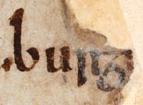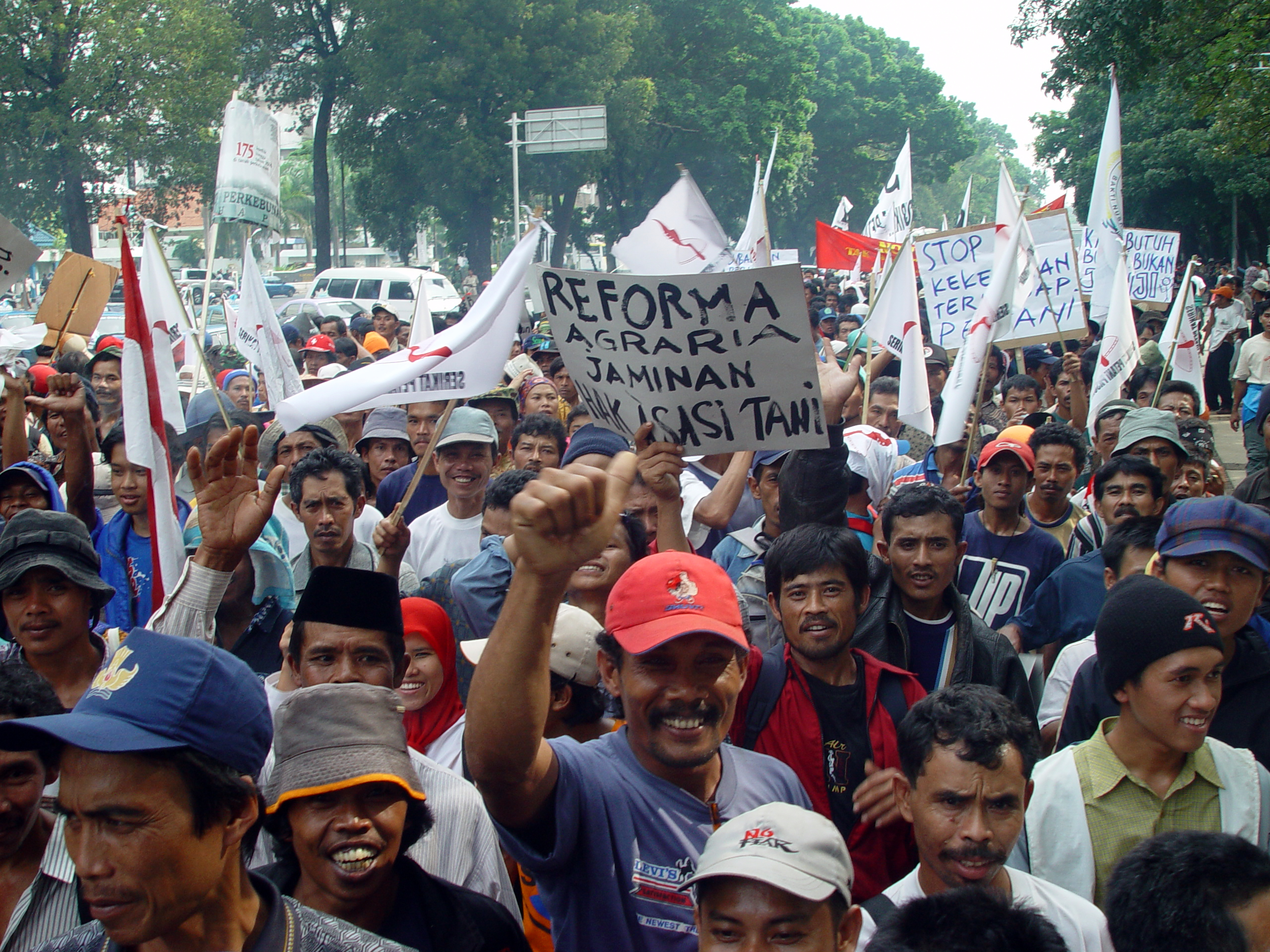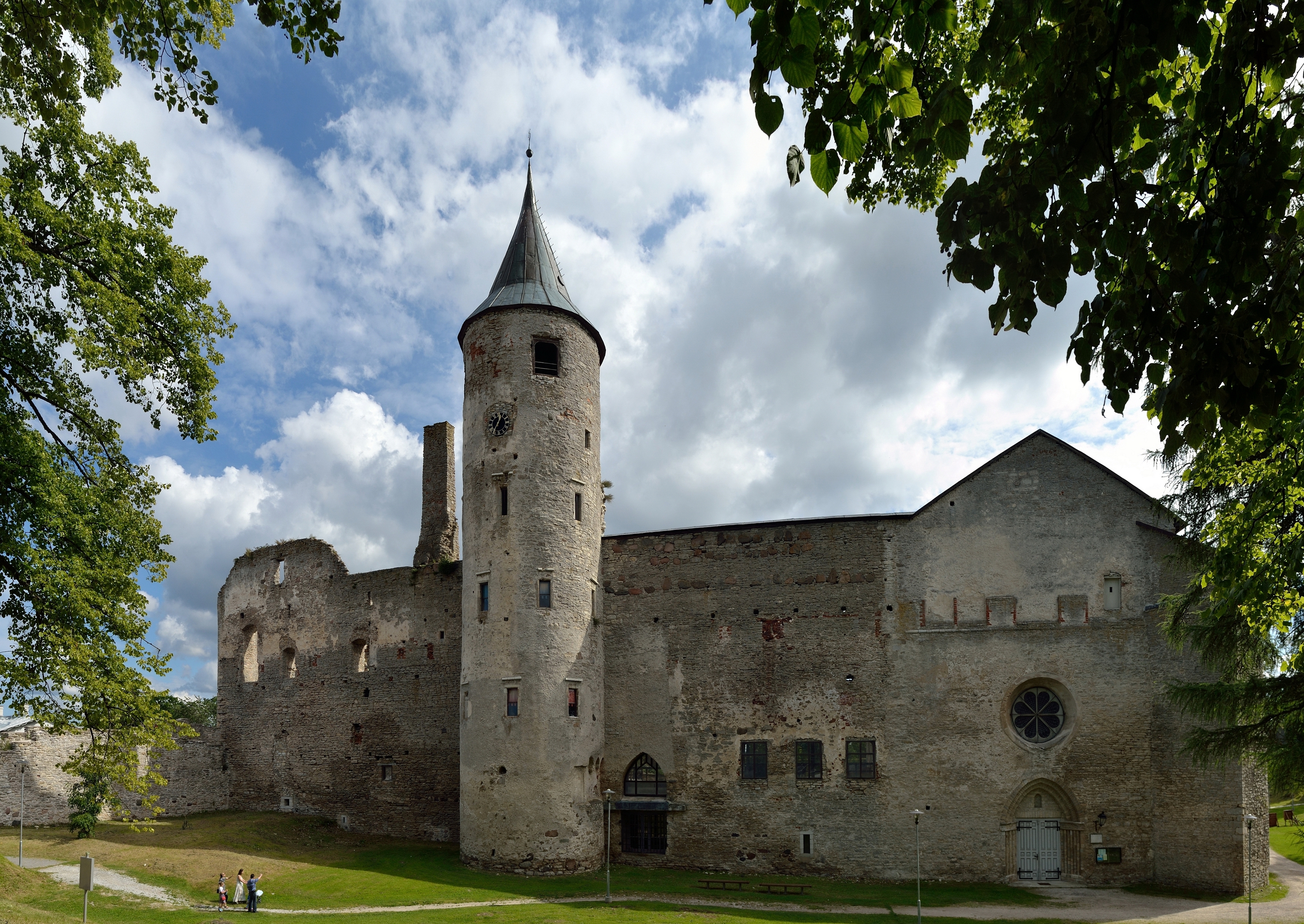|
Uuemõisa (borough)
Uuemõisa is a Populated places in Estonia, small borough () in Haapsalu (urban municipality), Haapsalu municipality, Lääne County, western Estonia, located just east of the town of Haapsalu. Prior to the 2017 Administrative reform in Estonia, administrative reform of local governments, Uuemõisa was the administrative centre of Ridala Parish. Uuemõisa has a population of 1,069 (as of 2010). Uuemõisa manor Uuemõisa estate () is first mentioned in 1539 and then belonged to the Bishopric of Ösel–Wiek, Bishopric of Saare-Lääne (). During the Duchy of Estonia (1561–1721), Swedish time it for a long period of time was a part of the vast domains of the De la Gardie, De la Gardie family. The last owner before the Estonian land reform of 1919 was Eugenie Mikhailovna Shakhovskaya, the world's first female fighter pilot. After the History of Estonia#Independence, Estonian declaration of independence, it was used by the Estonian Ministry of Defence. During the Occupation of the B ... [...More Info...] [...Related Items...] OR: [Wikipedia] [Google] [Baidu] |
Populated Places In Estonia
Populated places in Estonia (officially: settlement units), are cities or settlement units of rural municipality, municipalities, but only cities have administrative functions. Settlement units are divided into settlements and urban regions (subdivisions of cities). Officially there are four types of settlement unit in Estonia: * village () - a sparsely populated settlement or a densely populated settlement with fewer than 300 permanent inhabitants * township () - a densely populated settlement with at least 300 permanent inhabitants * town () - a densely populated settlement with at least 1000 permanent inhabitants * city () As of 2024, there were 47 cities, 13 towns, 186 hamlets and 4457 villages in Estonia. See also *Municipalities of Estonia *List of cities and towns in Estonia *Counties of Estonia Notes References External links Place Names Board of Estonia [...More Info...] [...Related Items...] OR: [Wikipedia] [Google] [Baidu] |
Duchy Of Estonia (1561–1721)
The Duchy of Estonia (; ; ), also known as Swedish Estonia (), was a dominion of the Swedish Empire from 1561 until 1721 during the time that most or all of Estonia was under Swedish rule. The territory was eventually ceded to Russia in the Treaty of Nystad, following its capitulation during a plague outbreak in the Great Northern War. The dominion arose during the Livonian War, when the northern parts of present-day Estonia — Reval (Tallinn) and the counties of , , and — submitted to the Swedish king in 1561, and in 1581. It is also colloquially known as the "good old Swedish times" () by Estonians, but this expression was not used before the following Russian rule, in the beginning of which the situation of Estonian peasantry declined rapidly; to gain the support of the German Baltic nobility, Russia gave them more power over the peasantry. List of governors Governors (1561–1674) * (2 August 1561 – 27 February 1562) * Klas Horn (acting; August 1561) ... [...More Info...] [...Related Items...] OR: [Wikipedia] [Google] [Baidu] |
Boroughs And Small Boroughs In Estonia
A borough is an administrative division in various English-speaking countries. In principle, the term ''borough'' designates a self-governing walled town, although in practice, official use of the term varies widely. History In the Middle Ages, boroughs were settlements in England that were granted some self-government; burghs were the Scottish equivalent. In medieval England, boroughs were also entitled to elect members of parliament. The use of the word ''borough'' probably derives from the burghal system of Alfred the Great. Alfred set up a system of defensive strong points ( Burhs); in order to maintain these particular settlements, he granted them a degree of autonomy. After the Norman Conquest, when certain towns were granted self-governance, the concept of the burh/borough seems to have been reused to mean a self-governing settlement. The concept of the borough has been used repeatedly (and often differently) throughout the world. Often, a borough is a single town with ... [...More Info...] [...Related Items...] OR: [Wikipedia] [Google] [Baidu] |
Karl Burman
Karl Burman sen. ( – 10 May 1965) was an Estonian architect and painter. Burman was born in Sumy, Russian Empire. His younger brother was artist Paul Burman. In 1900 he attended the Stroganov Art School in Moscow, and then between 1901 and 1902 he attended the Stieglitz Art School in St. Petersburg (now Saint Petersburg Art and Industry Academy). Then he studied architecture at the St. Petersburg Academy of Arts throughout 1902–1909. He died in Tallinn, Estonia. ''Romantik Burman'' was an exhibition celebrating his work at the Museum of Estonian Architecture from 19 June to 7 September 2003.postcard issued by the Estonian Architecture Museum for the exhibition Gallery Elamu Tatari t.21b, 1912.a.jpg, Tatar 21b Tallinn, elamu Raua 39, 1912-1913 (1).jpg, Rau 39 // FR Kreutzwaldi 6 Eesti Panga Viljandi osakonna hoone.jpg, Viljandi branch of the Bank of Estonia 6948PangahooneTartus.jpg, Munga 18, the original branch building of the Bank of Estonia in Tartu Tartu is the se ... [...More Info...] [...Related Items...] OR: [Wikipedia] [Google] [Baidu] |
Occupation Of The Baltic States
The occupation of the Baltic states was a period of annexation of Estonia, Latvia and Lithuania by the Soviet Union from 1940 until its Dissolution of the Soviet Union, dissolution in 1991. For a period of several years during World War II, Nazi Germany occupied the Baltic states after it invaded the Soviet Union in 1941. The initial Soviet occupation of the Baltic states (1940), Soviet invasion and occupation of the Baltic states began in June 1940 under the Molotov–Ribbentrop Pact, made between the Soviet Union and Nazi Germany in August 1939 before the outbreak of World War II. The three independent Baltic states, Baltic countries were annexed as constituent Republics of the Soviet Union in August 1940. Most Western countries did not recognise this annexation, and considered it illegal. In July 1941, the German occupation of the Baltic states during World War II, occupation of the Baltic states by Nazi Germany took place, just weeks after its Operation Barbarossa, invasion ... [...More Info...] [...Related Items...] OR: [Wikipedia] [Google] [Baidu] |
History Of Estonia
The history of Estonia forms a part of the history of Europe. Human settlement in what is now Estonia became possible 13,000–11,000 years ago, after the ice from the last Ice age, glacial era had melted, and signs of the first permanent population in the region date from around 9000 BC. The Ancient Estonia#Early Middle Ages, medieval indigenous population of Estonia was one of the last pagan civilisations in Europe to adopt Christianity following the Northern Crusades in the 13th century. After the crusaders had conquered the area by 1227, Estonia was first ruled by the King of Denmark in the north (until 1345), and then until 1559 by the State of the Teutonic Order, Teutonic Order, and by the ecclesiastical states of the List of states in the Holy Roman Empire, Holy Roman Empire, which from 1418 to 1562 covered the whole of Estonia, forming a part of the Livonian Confederation. After 1559, Estonia became part of the Sweden, Kingdom of Sweden until 1710, when the Tsardom of Rus ... [...More Info...] [...Related Items...] OR: [Wikipedia] [Google] [Baidu] |
Eugenie Mikhailovna Shakhovskaya
Princess Eugenie Mikhailovna Shakhovskaya (Saint Petersburg, Russian Empire, 1889 - Kyiv, Ukrainian SSR, 1920) () was a Russian pioneering aviator. She was the first woman to become a military pilot when she flew reconnaissance missions for the Tsar in 1914. She started taking flying lessons in 1911, and was awarded her flying license in 1912. However, she gave up flying in 1913 after her instructor died mid-flight. She was convinced to start flying again and flew reconnaissance missions in World War I. Eugenie was accused of being a spy, arrested, and sentenced to death. However, she was shown mercy by the Tsar Nicholas II, her cousin, and sentenced to life in prison. In 1917, during the Russian Revolution, she was freed from prison. Following the revolution, she went over to the Bolsheviks and became the chief executioner for the Cheka The All-Russian Extraordinary Commission ( rus, Всероссийская чрезвычайная комиссия, r=Vserossiyskaya chr ... [...More Info...] [...Related Items...] OR: [Wikipedia] [Google] [Baidu] |
Land Reform
Land reform (also known as agrarian reform) involves the changing of laws, regulations, or customs regarding land ownership, land use, and land transfers. The reforms may be initiated by governments, by interested groups, or by revolution. Land reform is often considered a contentious process, as land is a key driver of a wide range of social, political and economic outcomes. The structure and distribution of land rights has been linked to state formation, economic growth, inequality, political violence, and identity politics, making land reform highly consequential for the long-term structures of society. Overview Land reform may consist of a government-initiated or government-backed property redistribution, generally of agricultural land. Land reform can, therefore, refer to transfer of ownership from the more powerful to the less powerful, such as from a relatively small number of wealthy or noble owners with extensive land holdings (e.g., plantations, large ranches, or ... [...More Info...] [...Related Items...] OR: [Wikipedia] [Google] [Baidu] |
De La Gardie
The De la Gardie family (; ; also de la Gardie) is the name of a distinguished Swedish nobility, Swedish noble family of French people, French origin, whose members held significant political and military positions throughout the history of the Kingdom of Sweden. History The family's social status in France is uncertain; the founder, Ponce d'Escouperie, son of a tradesman, came to Sweden as a mercenary in 1565 and took the name Pontus De la Gardie when registered by the House of Nobility (Sweden), House of Knights. He was given the title friherre in 1571 and married Sofia Johansdotter Gyllenhielm, an illegitimate daughter of king John III of Sweden, John III in 1580. The baronial title ended with his eldest son John De la Gardie. Pontus De la Gardie's second son, Jacob De la Gardie, was given the title count of Läckö Castle, Läckö in 1615; his grandson Magnus Gabriel De la Gardie became a favourite of Christina of Sweden, Queen Christina and married her cousin, Countess Palati ... [...More Info...] [...Related Items...] OR: [Wikipedia] [Google] [Baidu] |
Bishopric Of Ösel–Wiek
The Bishopric of Ösel–Wiek (; ; Low German: ''Bisdom Ösel–Wiek''; contemporary ) was a Roman Catholic Church, Roman Catholic diocese and a semi-independent prince-bishopric — part of Terra Mariana (Old Livonia) in the Holy Roman Empire. The bishopric covered what are now Saare County, Saare, Hiiu County, Hiiu, Lääne County, Lääne counties and the western part of Pärnu County, Pärnu county of Estonia. History The bishopric was created on 1 October 1228 as a Latin Church, Latin rite, and initially possibly exempt, diocese by papal legate William of Modena and simultaneously as a state of Holy Roman Empire—making it a prince-bishopric—by Henry (VII) of Germany, Henry, King of the Romans (1220-1242; not Emperor). Due to the repeated shift of the seat of the bishops, it was also successively known as bishopric of Lihula, Leal (Lihula) from 1234, Vana-Pärnu, Perona (Vana-Pärnu) from 1251, Haapsalu Castle, Hapsal (Haapsalu) Castle from 1279, and the seat shifted ... [...More Info...] [...Related Items...] OR: [Wikipedia] [Google] [Baidu] |
List Of Sovereign States
The following is a list providing an overview of sovereign states around the world with information on their status and recognition of their sovereignty. The 205 listed states can be divided into three categories based on membership within the United Nations System: 193 member states of the United Nations, UN member states, two United Nations General Assembly observers#Current non-member observers, UN General Assembly non-member observer states, and ten other states. The ''sovereignty dispute'' column indicates states having undisputed sovereignty (188 states, of which there are 187 UN member states and one UN General Assembly non-member observer state), states having disputed sovereignty (15 states, of which there are six UN member states, one UN General Assembly non-member observer state, and eight de facto states), and states having a political status of the Cook Islands and Niue, special political status (two states, both in associated state, free association with New ... [...More Info...] [...Related Items...] OR: [Wikipedia] [Google] [Baidu] |
Ridala Parish
Ridala () was a rural municipality of Estonia, in Lääne County. It had a population of 3,245 (2016) and an area of . In 2007 it was merged with the city of Haapsalu Haapsalu () is a seaside resort town located on the west coast of Estonia. It is the administrative centre of Lääne County, and on 1 January 2020 it had a population of 9,375. History The name ''Haapsalu'' derives from the Estonian words ' ... to establish the Haapsalu urban municipality. Part of the parish is within the Matsalu National Park. Populated places Ridala Parish had two small boroughs and 56 villages. ; Small boroughs: Paralepa, Uuemõisa ; Villages: Aamse, Allika, Ammuta, Emmuvere, Erja, Espre, Haeska, Herjava, Hobulaiu, Jõõdre, Kabrametsa, Kadaka, Kaevere, Kiideva, Kiltsi, Kiviküla, Koheri, Koidu, Kolila, Kolu, Käpla, Laheva, Lannuste, Liivaküla, Litu, Lõbe, Metsaküla, Mäeküla, Mägari, Nõmme, Panga, Parila, Puiatu, Puise, Pusku, Põgari-S ... [...More Info...] [...Related Items...] OR: [Wikipedia] [Google] [Baidu] |




